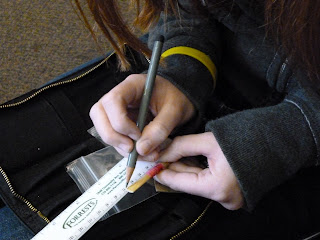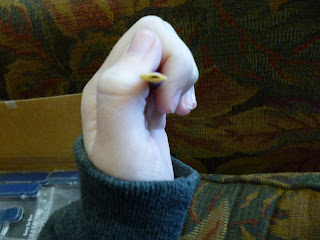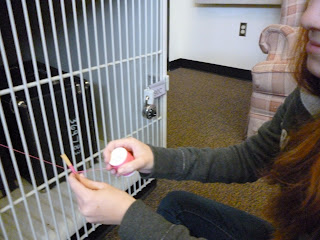As you're going through the first steps to making an oboe reed (congratulations! Keep up the good work!) here are some things you want to keep in mind:
1. Feel free to mark up your reed. Use a pencil and trace where you want to scrape, keeping in mind that you want a good heart, tip, and sides.
2. When you're tying your cane onto the staple, make sure the string is tight. If it's too loose, your cane will not stay in place, and your reed is now useless.
3. If you're confused about something, look it up on Youtube or Google. Olivia and I will do our best to explain the process of making a reed, but nothing quite compares to actually seeing a person completing the steps first-hand.
4. Understand that practice makes perfect. Even the principal oboist of the New York Philharmonic has made some lousy reeds in their lifetime! Not every reed is going to come out the way you want it to, especially in the beginning. Be aware of this fact from the get-go. Then if you do make a mistake, recognize what you did incorrectly and be aware of not letting that happen the next time you're making a reed. Don't get discouraged, and keep up the good work!
-Julia







































